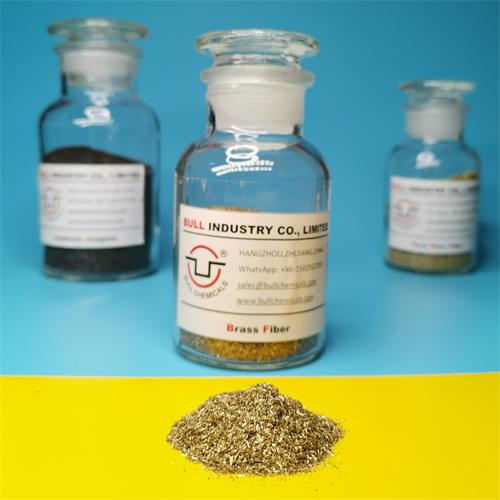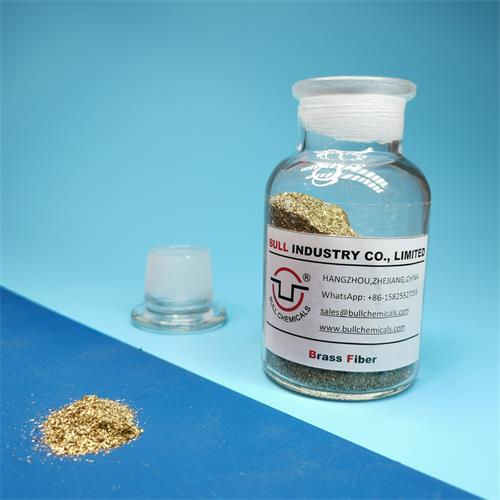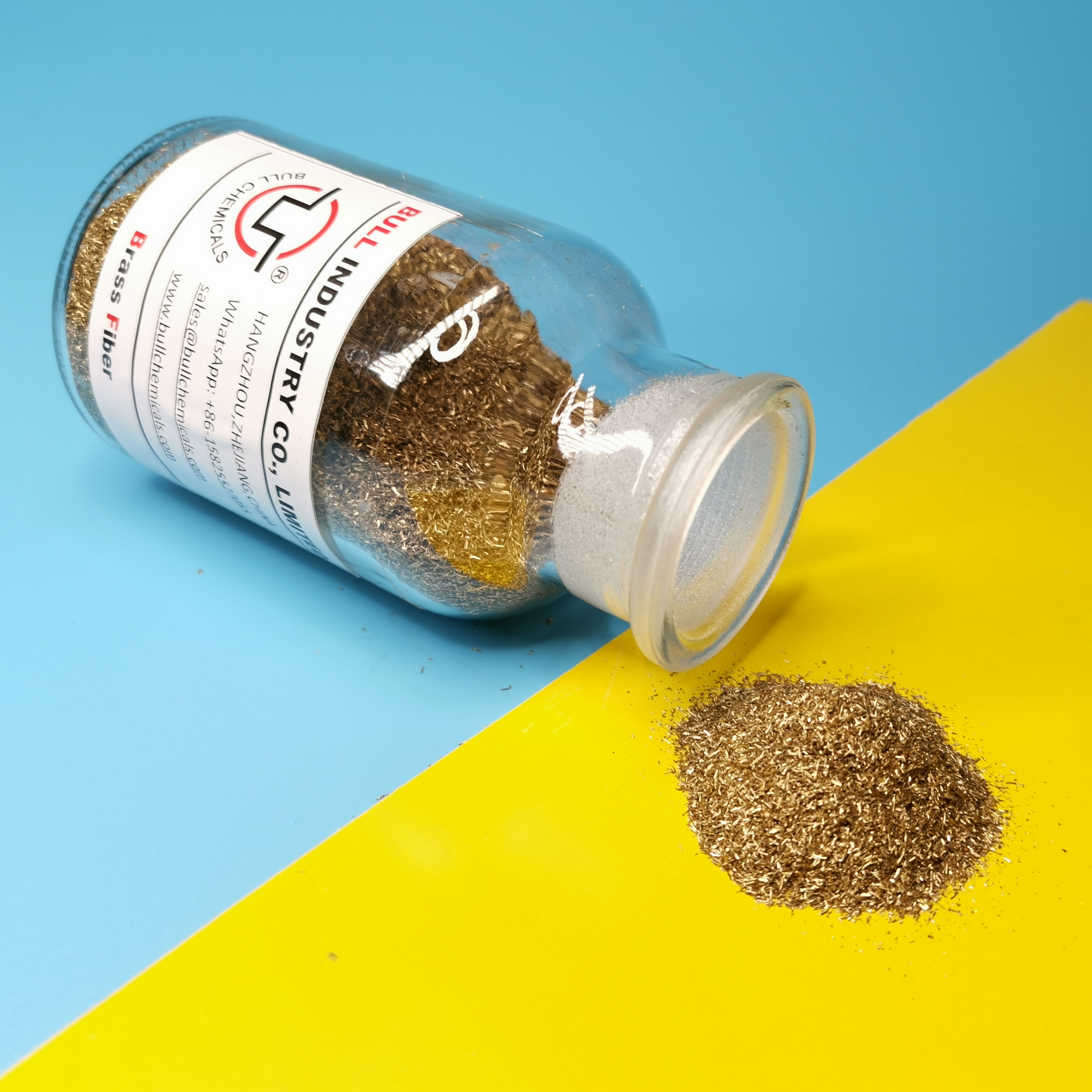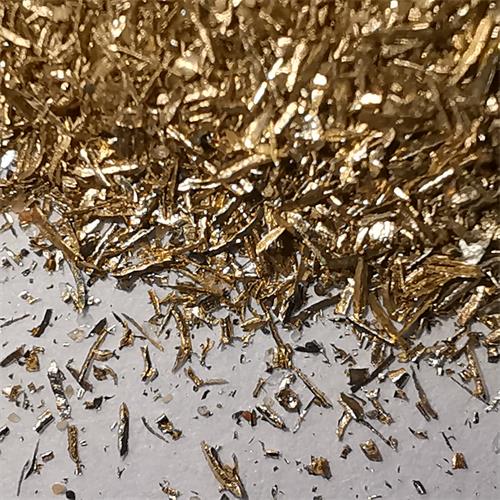 |
Brass Fiber|Brass Chips|Brass ScrapsHits:3332
Time:2015-04-16 09:48:58 |
|---|
PRODUCTION DESCRIPTION:
Brass is a very common metal friction material filler, its good heat transfer coefficient contributes to transfer the heat generated from frictional touch face to in-part of the friction products, thus to control of the temperature of the brake components. The chemical composition and micro-structure of the fiber make Brass an ideal material for use in friction materials of high performance and high duty levels. Brass also has a relatively low Mohs scale of hardness, which contributes to anti-friction in high temperature. In Europe, brass will be widely used in brake pads, especially in high-class brake pads friction materials, 5%-8% will be much more proper.
GRANULARITY(SIEVE ANALYSIS,PARTICLE SIZE)
Length of Fiber (lf): 1.0 - 5.0mm
Diameter of Fiber (df): 0.15 - 0.25mm
Length to Diameter Ratio (lf/df): 6 - 20
|
Sieve(mm) |
Specified (%) |
Typical(%) |
|
>0.25 |
0.0-2.0 |
0.2-1.8 |
|
0.25 |
10.0-40.0 |
20.0-36.0 |
|
0.15 |
50.0-80.0 |
58.0-72.0 |
|
<0.15 |
0-12.0 |
2.0-10.0 |
APPEARANCE
Shape:Needle like, Fiber
Color:Pale yellow
PHYSICAL PROPERTIES
Specific Gravity(g/cc): 8.50
Apparent Density(g/cc): 1.2-3.5
CHEMICAL COMPOSITION
|
Elements |
Cu |
Zn |
Pb |
Sn |
Fe |
Ni |
Al |
|
Rate(%/w.t.) |
59 |
Remain |
1.0-3.0 |
0.0-0.5 |
0.0-0.5 |
0.0-0.5 |
0.0-0.5 |
PACKAGE
1. 25KG/bag, double sheet paper bags with plastic bag.
2. Opened bags must be carefully resealed and kept upright to prevent leakage. Stored in original packages in a dry, cool and well ventilated areas to prevent from direct sunlight.
3. Use appropriate to avoid environment contamination.





